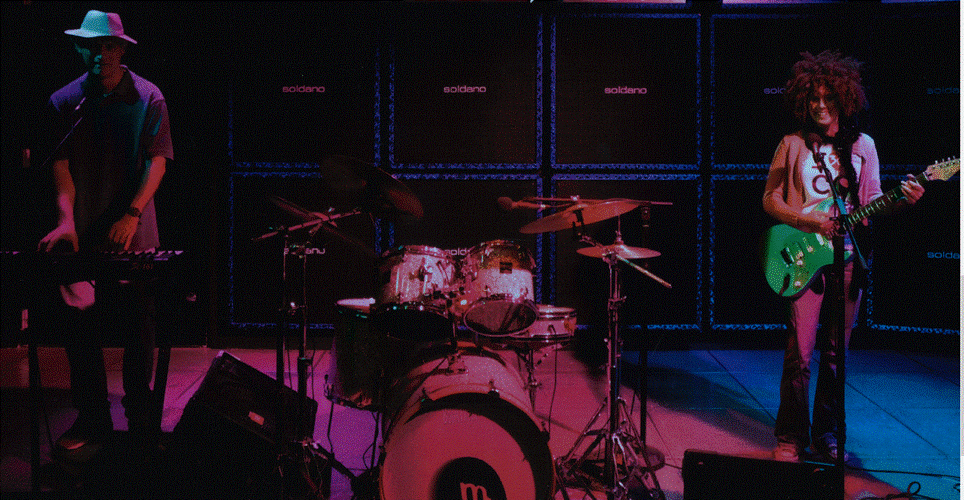Posted by: Nalini Padmanabhan, MPH, ASHG Communications Manager
About ten years ago, ASHG’s education department was looking for creative ways to teach human genetics and make it more appealing to K-12 students and teachers. Longtime member James Sikela, PhD, happened to have just the thing: his original song “I Love DNA,” sung and recorded with the help of his daughter Megan, under the band name Gene and the Chromosomes. (You can listen to “I Love DNA” or read the lyrics on the ASHG website).
We rediscovered Jim’s song around DNA Day in April, and decided to catch up with him and learn how this recording came to be.

Jim: For a long time, I’ve been a fan of Randy Newman, who wrote a song called “I Love L.A.” That’s where the music and vocal style for “I Love DNA” came from. I’d been into music for quite a while – writing, recording, and playing with various bands. This song took a few years to write and record, which we finally did around 2005. It wasn’t a focused project, but more a natural outgrowth of my interest in both science and music.
ASHG: Your daughter’s vocals are featured towards the end of the song. Tell us about that.
Jim: That part was recorded in 1992, when Megan was five. It was during the early days of the Human Genome Project, and I’d brought home a stack of ABI fluorograms to work on. Each one had about 400 bases of DNA sequence data on it. We were playing at night before she went to sleep, and I showed her the sequence, saying “bet you can’t read off all those letters!” She, being five, was sure she could do it, and fortunately I had a tape recorder nearby to capture that. Years later, when I put together the song, I thought it fit really well.
By the way, the funny line right after that saying “please fund my grant!” was also a real plea. Funding was tight and we had been turned down several times. But fortunately we finally did get funded, so it must have worked.
ASHG: What was it like working on the Human Genome Project in the early 1990s?
Jim: It was a fun time. My lab had the first automated DNA sequencer in Colorado, so we were doing a lot of experimentation with how to use it. My lab came up with a novel way to rapidly map genes on a detailed level, which we were asked to use to map genes for the Human Genome Project. All of those sequences were deposited into a public database, which led, among other things, to the discovery of Presenilin 2, a gene associated with Alzheimer’s disease. I recounted those early days of the HGP, including some personal perspectives, a few years ago in Genetics.
ASHG: What are you doing now?
Jim: I’m still doing human genome work. My lab uses genomic approaches to study human disease and human evolution, and how they are related. For the last ten years or so, we’ve focused on DUF1220 protein domains, which we believe show the largest human-specific increase in copy number of any gene coding region in the genome. Humans have about 300 copies of this domain, chimpanzees have about 120, monkeys have about 30, and other mammals have only 1-8. We published our initial results describing this discovery in Science in 2006, and more recently have linked the domain to autism and schizophrenia. The studies suggest that the same gene sequences that underlie human brain evolution may also be involved in autism and schizophrenia. If true, it means that the human brain may have come at a severe price.
ASHG: Any plans for a remix of “I Love DNA”?
Jim: Besides wanting to make a technically more polished recording, I always thought it would be fun to make a video. While we never got around to it, if someone would like to take that on, I’m sure Megan and I would be happy to help.
James Sikela, PhD, is a Professor at the University of Colorado School of Medicine. He has been a member of ASHG since 1988.
